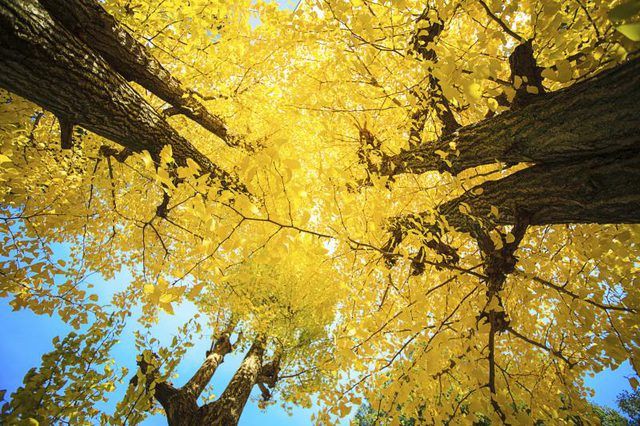Bulbs
Flower Basics
Flower Beds & Specialty Gardens
Flower Garden
Garden Furniture
Garden Gnomes
Garden Seeds
Garden Sheds
Garden Statues
Garden Tools & Supplies
Gardening Basics
Green & Organic
Groundcovers & Vines
Growing Annuals
Growing Basil
Growing Beans
Growing Berries
Growing Blueberries
Growing Cactus
Growing Corn
Growing Cotton
Growing Edibles
Growing Flowers
Growing Garlic
Growing Grapes
Growing Grass
Growing Herbs
Growing Jasmine
Growing Mint
Growing Mushrooms
Orchids
Growing Peanuts
Growing Perennials
Growing Plants
Growing Rosemary
Growing Roses
Growing Strawberries
Growing Sunflowers
Growing Thyme
Growing Tomatoes
Growing Tulips
Growing Vegetables
Herb Basics
Herb Garden
Indoor Growing
Landscaping Basics
Landscaping Patios
Landscaping Plants
Landscaping Shrubs
Landscaping Trees
Landscaping Walks & Pathways
Lawn Basics
Lawn Maintenance
Lawn Mowers
Lawn Ornaments
Lawn Planting
Lawn Tools
Outdoor Growing
Overall Landscape Planning
Pests, Weeds & Problems
Plant Basics
Rock Garden
Rose Garden
Shrubs
Soil
Specialty Gardens
Trees
Vegetable Garden
Yard Maintenance
The Symbolic Meaning of the Ginkgo Tree
The Symbolic Meaning of the Ginkgo Tree. The ginkgo tree (*Ginkgo biloba*) is considered a living fossil. It has no known living relatives and has endured for millions of years with little change. In fact, ginkgo is the oldest surviving species of tree known to exist, with a botanical history spanning more than 200 million years. This demonstration...
The ginkgo tree (Ginkgo biloba) is considered a living fossil. It has no known living relatives and has endured for millions of years with little change. In fact, ginkgo is the oldest surviving species of tree known to exist, with a botanical history spanning more than 200 million years. This demonstration of resilience, combined with its antiquity, has made the tree representative of various symbolic meanings throughout the world.

In Japan, the ginkgo is referred to as hibaku, a Japanese word that means "something that has experienced a nuclear bomb." In this case, the ginkgo is one of 170 hibaku trees that survived the atomic blast of Hiroshima that took place in August 1945. Despite suffering extensive damage and predictions that nothing would grow for 75 years, the trees fully recovered. For this reason, ginkgo is attributed with being a symbol of endurance and vitality. Ginkgo's incredibly long lifespan is due in part to its remarkable resistance to disease and pests. Some specimens are reportedly more than 3,000 years old.
For centuries, the ginkgo tree has been considered a symbol of hope and peace in its native land of China, and that representation is widely demonstrated in Chinese literature and art. Chinese monks introduced the tree to Japan, where it remains very popular in temple and tea gardens.
One of the ginkgo trees that survived the atomic bomb explosion in Hiroshima stands at a site near the center of the blast in a location now known as Peace Park. Dubbed the "bearer of hope," the tree has prayers of peace engraved in its bark.
Ginkgo also is associated with duality, a concept that recognizes the female and male aspects of all living entities and that is often expressed as yin and yang. The tree is dioecious, having either male or female reproductive organs. Ginkgo's species name, biloba, relates to the duality theme and refers to the two-lobed structure of the tree’s leaf.
Ginkgo is adapted to climatic conditions in U.S. Department of Agriculture plant hardiness zones 3 through 8. The tree thrives in a full-sun site and can tolerate most soil types but does best in moist, sandy soil as long as it has adequate drainage. Its spring flowers are unremarkable, but its leaves provide shade during the growing season and color contrast when they turn golden yellow in fall. Because it withstands urban pollution, ginkgo is a popular tree for city streets and parks.
If you decide to plant a ginkgo tree, then buy a male specimen. Female ginkgo trees produce fruitlike seedpods that drop to the ground and break open in autumn, releasing an odor considered unpleasant and comparable to that of Limburger cheese.